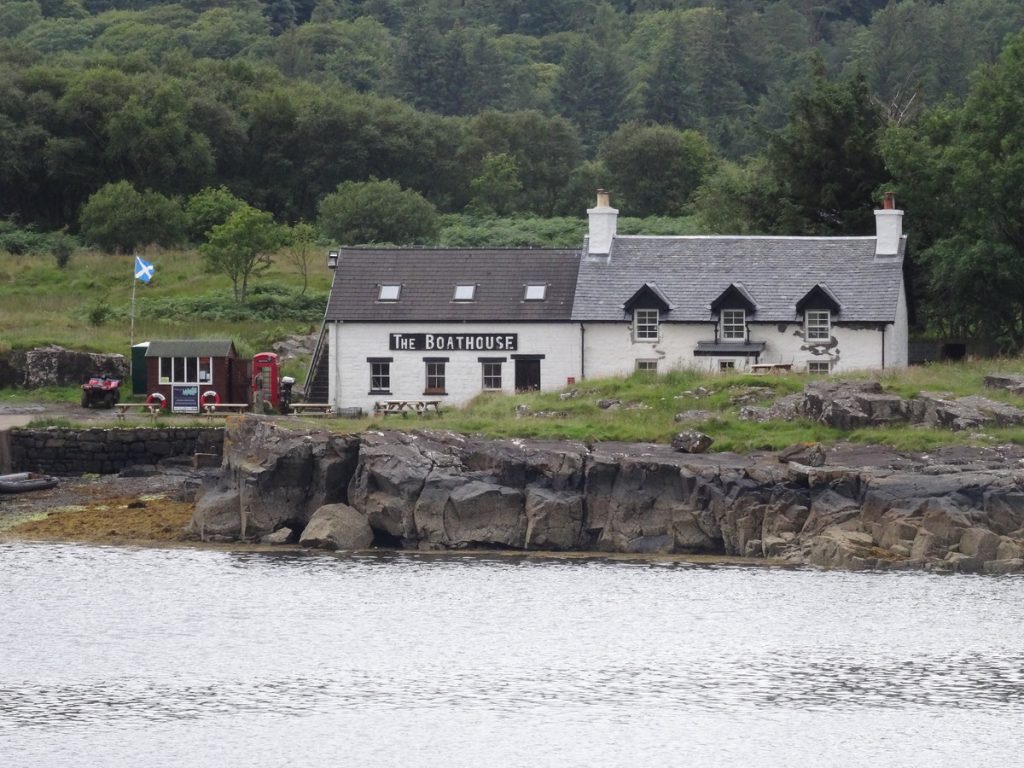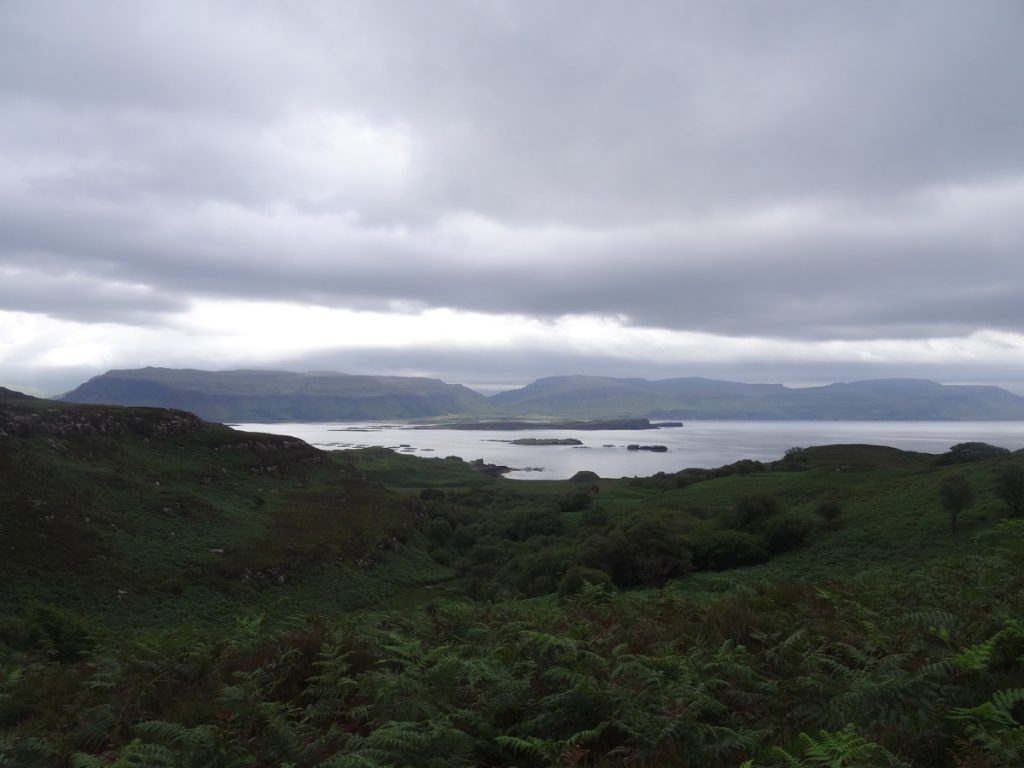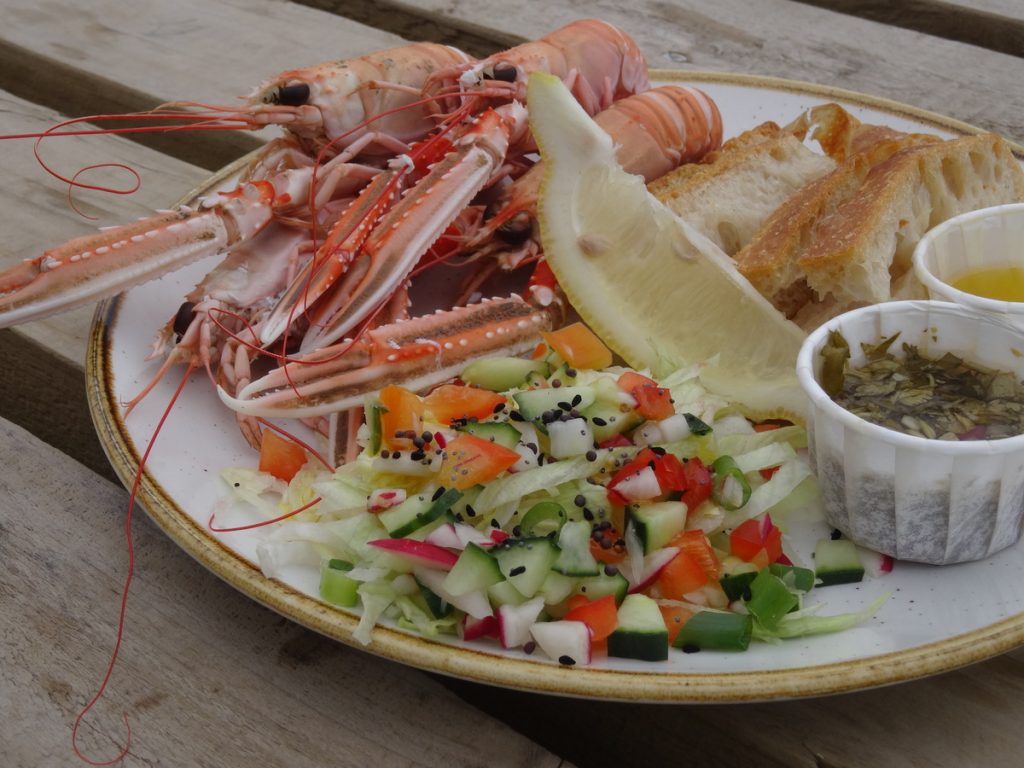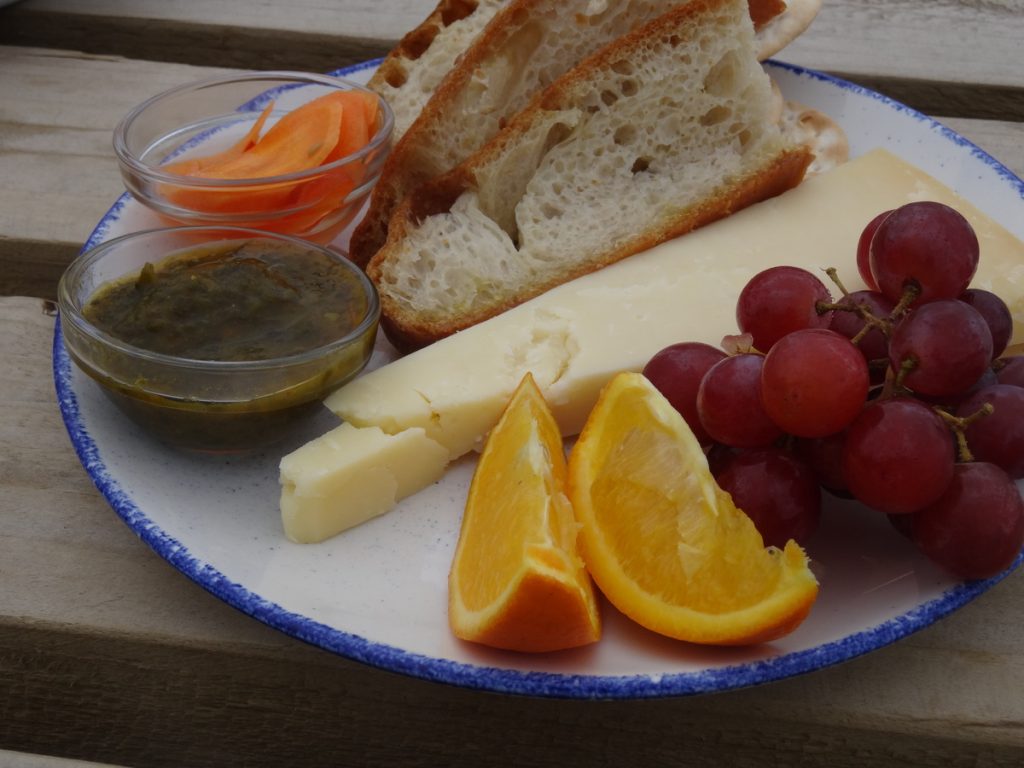Ulva is a magical place. On paper, it’s tiny: around 7.5 miles long, and just 2.5 miles wide. But what it might lack in land area, it makes up for in community spirit and rugged, unspoilt natural beauty.
Getting to Ulva is an adventure in itself. You don’t simply hop on an already-waiting boat: you summon the boat. Yes, you read that correctly; there’s no formal ferry schedule (other than there being no service on Saturdays), so you need to slide the wooden board across to reveal a red panel so that the ferryman knows to come across and collect you.
We slid the board across and found ourselves on the first ferry of the day, crossing the narrow channel that separates Ulva from Mull in just a few minutes. Laurence had plotted a route on Komoot, but in the end we found the leaflet with suggested walks was more than sufficient, as the trails were well-signed.

We started with a visit to Sheila’s Cottage, a tiny museum about life on the island. We learnt, in a nutshell, that:
- humans settled on Ulva some 7,650 years ago, during the Mesolithic Stone Age: they collected shellfish from the shore around Livingstone Cave;
- Ulva was, in all probability, occupied during the Neolithic Stone Age – though all that remains from this period are standing stones;
- Ulva later became part of the Norse Kingdom of the Isles (in 1266, this became part of what was then known as the Kingdom of Scotland) – retaining its Norse links in its name, which is thought to be derived from Ulvoy meaning ‘wolf island’ (any wolves are long gone);
- its population dwindled from 570 in 1841 to just 70 in 1861 – the result of emigration and clearances which swept across rural Scotland. By 2015, there were just three adults and two children living on the island;
- Ulva is now a community-owned island, with locals writing the next chapter in Ulva’s history and working tirelessly to restore and revive the island for generations to come.
Sheila’s Cottage is typical of the island dwellings in the early 1900s: a simple, stone cottage with two rooms – one for the family, one for the livestock – and a thatched roof. Sheila MacFadyen worked as a dairy maid for Ulva House and lived there from c. 1900 until the 1950s, when she relocated to Mull. Historic Environment Scotland funded a project to rethatch the roof in 2019, and all materials – the timbers, turf and bundles of rushes – were sourced within 500 yards of the property. (Imagine. Good luck doing that in the urban sprawl of Edinburgh…)
History lesson over, it was time to explore Ulva’s many trails. Under a blanket of grey cloud, we set off for Ormaig, an abandoned village that, over time, has been reclaimed by nature. Ulva felt rugged, wild, untouched; a carpet of lush green ferns fringed by the still waters of Loch Tuath and Loch na Keal.

We walked as far as Cragaig Bothy (this is a paid-for holiday cottage, rather than an open-to-all bothy maintained by the Mountain Bothies Association) before turning back. We had planned to venture to the kirkyard, but our plans were thwarted by a pesky Scottish resident: the tick. We’d seen signs (possibly here, definitely elsewhere) warning of ticks in moorland areas over the summer months, but on signs these creatures are never to scale: pictures are blown up, and ticks look the size of a large, chunky-bodied spider that would send arachnophobes like me running from a room.
I’d never seen a tick before, but as soon as I spotted the tiny (and I mean TINY – no more than a few millimetres across) red creature on my leg, I knew instinctively what it was. And then began ten or so minutes of the pair of us using a Tesco Clubcard to flick the wee blighters off our clothes and skin and back into the bushes. (For anyone interested, ticks look like teeny-weeny red spiders, and have a slight metallic glint when the light catches their blood-filled bodies. Gross.)
Crisis averted, we retraced our footsteps (giving other walkers a heads-up about the ticks on our way) and returned to the pier via the Livingstone Path.
When our stomachs rumbled, there was one place to go: The Boathouse. Even if you have zero interest in the trails on Ulva, it’s worth the ride across just for the food here: delicious, locally sourced food, and one of the best lunch views around.

We opted to enjoy our food at one of the picnic benches outside, since it was dry (if a little cool) and the views were too good to miss. Laurence had the local langoustine, whilst I went for the bread and cheese (which turned out to be an enormous wedge of Isle of Mull cheddar, several slices of bread, pickled vegetables, chutney, a bunch of grapes and two segments of orange. Yum!).

We caught the ferry back over to Mull mid-afternoon, after a glorious six hours or so exploring Ulva. If you’re planning a trip to Mull, keep a day aside for Ulva: you won’t regret it.
KNOW BEFORE YOU GO
- Parking | There’s space for 15 or so cars in the car park (free; donations welcome) near the pontoon/pier.
- Ferry | When we visited in July 2022, an adult return cost £6 (card and Apple/Android pay accepted); this includes access to Sheila’s Cottage and all the trails. The ferry runs Monday to Friday 09.00-17.30m and on Sundays in June, July and August. Check their Facebook page (The Ulva Ferry) for up-to-date information.
- Distance | 14.67km/ 9.1 miles; 354m of elevation gain. (I suspect Garmin slightly overestimated the distance, as Walk Highlands puts this route at 13km.)
- Misc. | There’s no shop on Ulva, so bring water and snacks for your walk with you and/or refuel at The Boathouse before or after your hike.